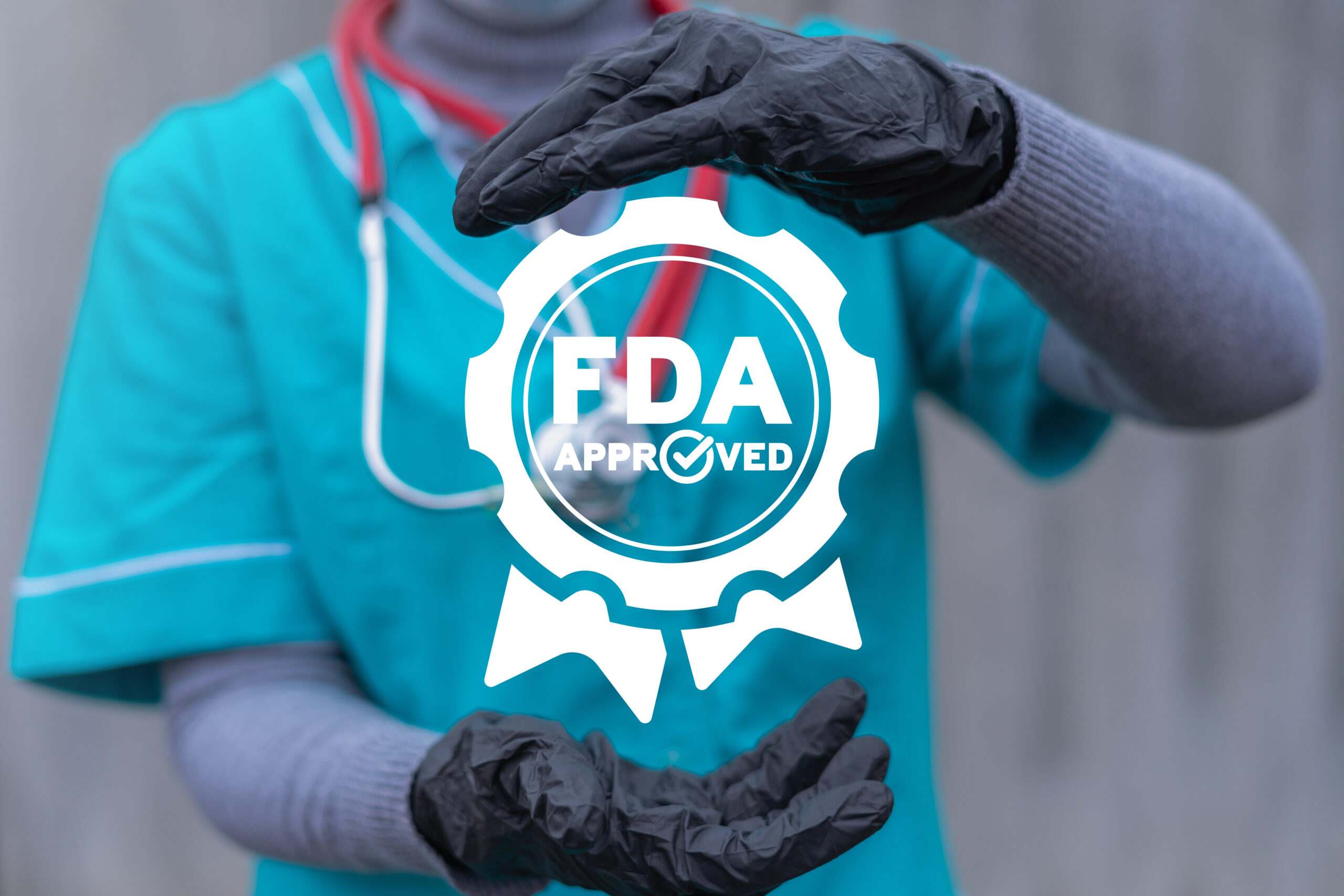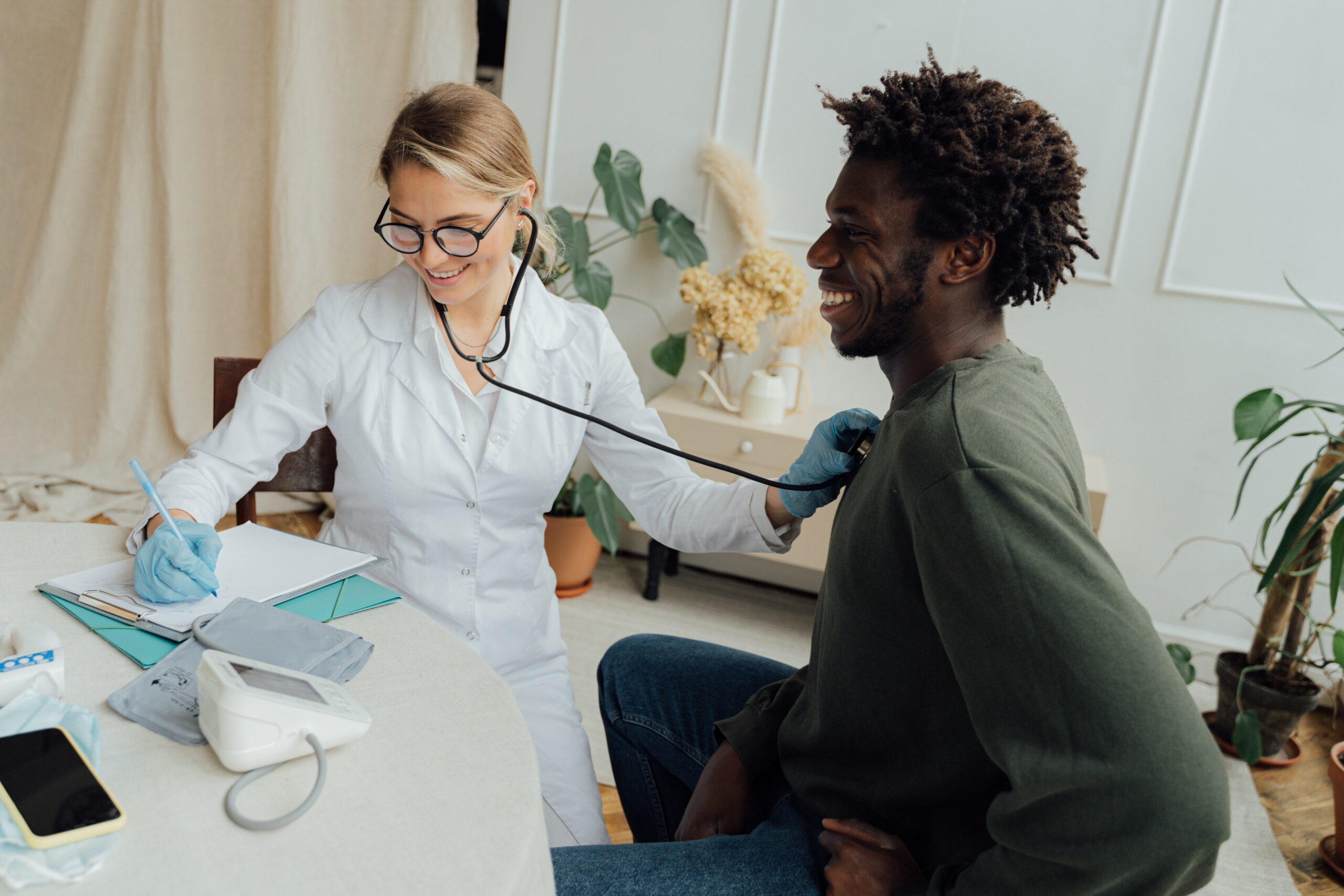Glove Intelligent Assistant
05.16.2023

In the United States, the Food and Drug Administration (also known by their acronym or shorthand of the FDA) is in charge of protecting the public health by ensuring the security of human and veterinary drugs, biological products, medical devices, the nation’s food supply, cosmetics, and products that emit radiation. You may wonder how this applies to the glove industry since not all gloves are medical or exam grade. Before this article expands more on the FDA regulations on gloves, there must be an explanation about the difference between medical or exam grade gloves from industrial gloves.
Industrial gloves are more often categorized as general use gloves. They fall under FDA guidelines only if they are meant to be used for food safety. These kinds of gloves are generally used for non medical laboratory environments, and protection for janitorial or sanitation tasks. They can also be used in various industrial industries (ie. engineering, automotive, etc.). The biggest difference is FDA certification. Industrial and medical gloves can be and are often made out of the same materials. Industrial gloves might just have different gripping or thickness depending on the environment they are needed for. For food safe gloves, those fall under FDA Title 21 CFR Part 177. Any raw material used to manufacture food safe gloves must be generally recognized as safe for use in food or food packaging. They must also be sanitary and impermeable in the presence of fatty foods, aqueous foods, or colorants in the glove.

For gloves that are listed as medical or exam grade, these fall under the purview of medical devices. They are personal protective equipment (PPE) that are necessary to prevent the spread of pathogens or microorganisms between patient to patient, as well as to and from medical professionals. Medical or exam grade gloves include disposable examination gloves, surgical gloves, and medical gloves used to handle chemotherapy drugs. As per FDA guidelines, exam gloves are monitored for pinhole defects, with an AQL of 2.5 (Acceptance Quality Level). Industrial gloves are not regulated by the FDA but the industry sets AQL requirements at 4.0. This means that exam gloves are produced at a higher quality with less defects per total sample size, and in general are safer to use in environments that are advertised for use. Industrial gloves are also more focused on abrasion and cut levels (ANSI standardization). The one major and key difference is medical gloves must be powder free, which the FDA began enforcing from 2016. While powdered gloves are easier to put on and more resistant to tearing, they are more prone to carrying latex proteins that can trigger allergies or contribute to detrimental reactions after surgical procedures. Medical or exam gloves are regulated by the FDA as Class I reserved medical devices. Class I reserved medical devices require a 510(k) premarket notification. A 510(K) is a premarket form filed with the FDA to demonstrate that the product to be marketed is safe, effective, and complies with FDA regulations. Medical or exam grade gloves must undergo leak resistance tests, certain physical properties (tensile and elongation tests), and biocompatibility tests before they can meet the requirements for the 510(k) FDA certification.

A brief overview of certain standards medical or exam grade gloves must meet will be listed below. EN 455-2000-2015/ASTM D5151 is the standard test for pinhole testing in medical gloves, ensuring that gloves are leak resistant. ASTM D6319-19 lists the standards for powder residue, powder limit, sterility, physical requirements and physical dimensions of nitrile exam grade gloves. The requirements are: exam gloves labeled as sterile must meet sterility requirements, the gloves must be free of holes, the inner and outer glove surfaces must be free of talc, gloves must also meet designated tensile strength and ultimate elongation after aging or exposure to a 70 degrees Celsius temperature for 166 hours. ASTM F1671-13 is the standard testing method for evaluating the resistance of gloves to penetration by blood-Borne pathogens. ASTM F739-12 is the standard for testing the permeation of liquids and gasses when in continuous contact with the glove material. Lastly, for gloves that are labeled for chemotherapy use, they must comply with ASTM F739 & ASTM D6978 standards.
SW gloves comply with all of these standards and more. Our products further ensure additional protection and quality. Our gloves are certified low dermatitis potential and have gone through additional testing against specific chemicals such as fentanyl. These are not required by the FDA but show our promise to our customers that SW products are superior.